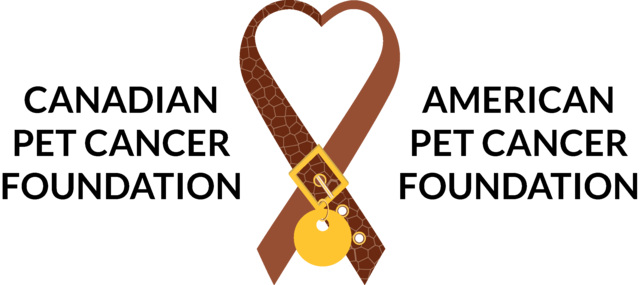GENETICS 101
Genetics studies genes and how certain features pass from parent to offspring. A gene is a short section of deoxyribonucleic acid (DNA), and DNA is the carrier of genes. Genes contain information, like a blueprint, about the features of living things. There is a unique set of genes in every organism. Most human and animal features (for example, eye color) and illnesses (for example, cancer) result from genetic factors.
If an abnormality occurs in the gene, the change can disrupt the information a gene carries. Sometimes, the parent can pass on the altered gene to the offspring. Other times, there are other reasons why a gene might change abnormally, including exposure to specific physical, chemical, and biological agents or spontaneous abnormal genetic changes.
Although not all abnormal genetic changes can lead to health problems, cancer can form when one or more genes change uncharacteristically, leading to an uncontrolled division of the altered cells. This unusual gene change can lead to cancer by affecting: (1) the control setup required to regulate cell division and (2) the repair processes that remove abnormal cells. The changed cells can grow out of control, forming new altered cells that can spread into the surrounding tissues and other organ systems.
A parent with cancer cannot pass down cancer and abnormal genetic changes in cancer tumors to their offspring. However, a parent can pass down specific genetic changes that make it more likely for cancer to occur in their offspring. For example, if a dog passes certain altered genes to their puppies, they are more likely to have some cancer type in the future. A better understanding of genetics can provide the knowledge to diagnose and treat illnesses with genetic components.

The Pet Cancer Foundation’s Website Editorial team is comprised of veterinarians, veterinary oncologists, and veterinary technicians, as well as scientific writers and editors who have attained their PhD’s in the life sciences, along with general editors and research assistants. All content found in this section goes through an extensive process with multiple review stages, to ensure this extended resource provides pet families with the most up-to-date information publicly available.
The team listing of those contributing to the information on this page is here:
Keep Your Pets Healthy Editorial Team
Last Updated: October 2, 2022
The Pet Cancer Foundation’s medical resource for pet owners is protected by copyright.
For reprint requests, please see our Content Usage Policy.

The Pet Cancer Foundation’s Medical Illustration team is comprised of medical illustration specialists and graphic designers that work in consultation with our team of experts to create the medical art found throughout our website. Though not all medical concepts require the assistance of imagery, when a page does contain a medical illustration, credit to the artist and our medical art director will be noted here.
The Pet Cancer Foundation’s medical imagery is protected by copyright and cannot be used without prior approval that includes a mutually signed licensing agreement. Please review our Content Usage Policy.
The following sources were referenced to write the content on this page:
Balmain, A, Gray, J & Ponder, B 2003, ‘The genetics and genomics of cancer’, Nat Genet, vol. 33, no. Suppl3, pp. 238-244.
Brockmöller, J, Cascorbi, I, Henning, S, Meisel, C & Roots, I 2000, ‘Molecular genetics of cancer susceptibility’, Pharmacology, vol. 61, no. 3, pp. 212-227.
Jones, PA & Baylin, SB 2007, ‘The epigenomics of cancer’, Cell, vol. 128, no. 4, pp. 683-692.
Ponder, BA 1992, ‘Molecular genetics of cancer’, BMJ, vol. 304, no. 6836, pp. 1234-1236.
Ponder, BA 2001, ‘Cancer genetics’, Nature, vol. 411, no. 6835, pp. 336-341.
The Pet Cancer Foundation’s medical resource for pet owners is protected by copyright.
For reprint requests, please see our Content Usage Policy.
